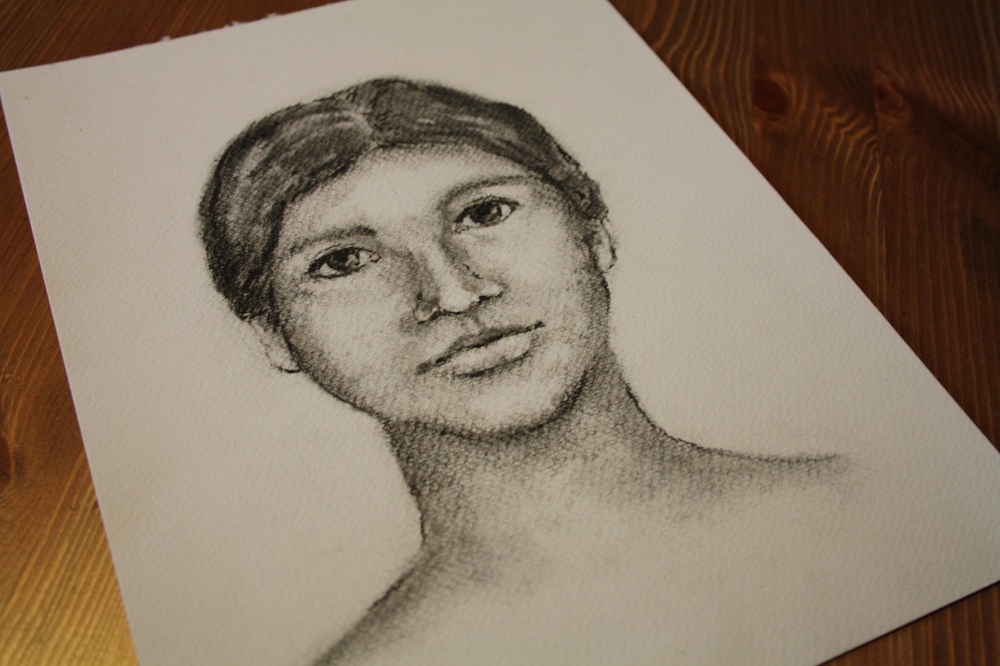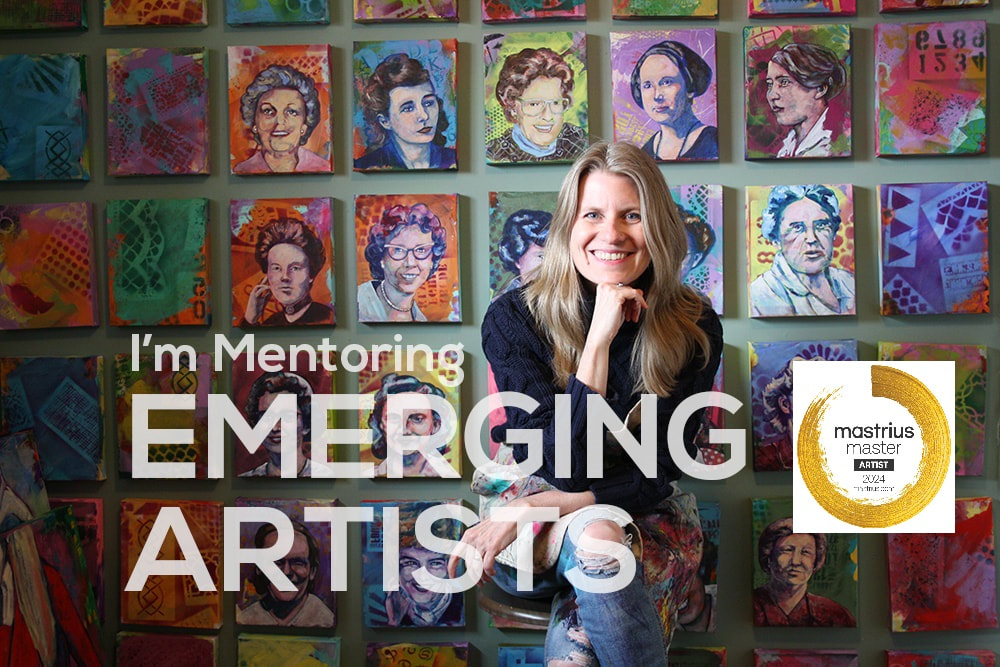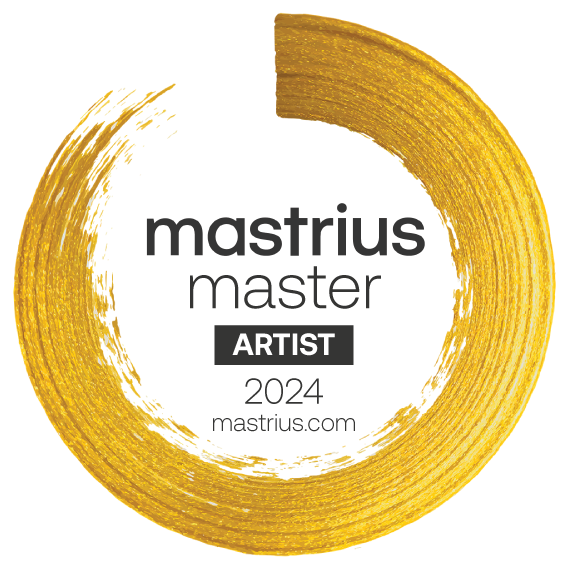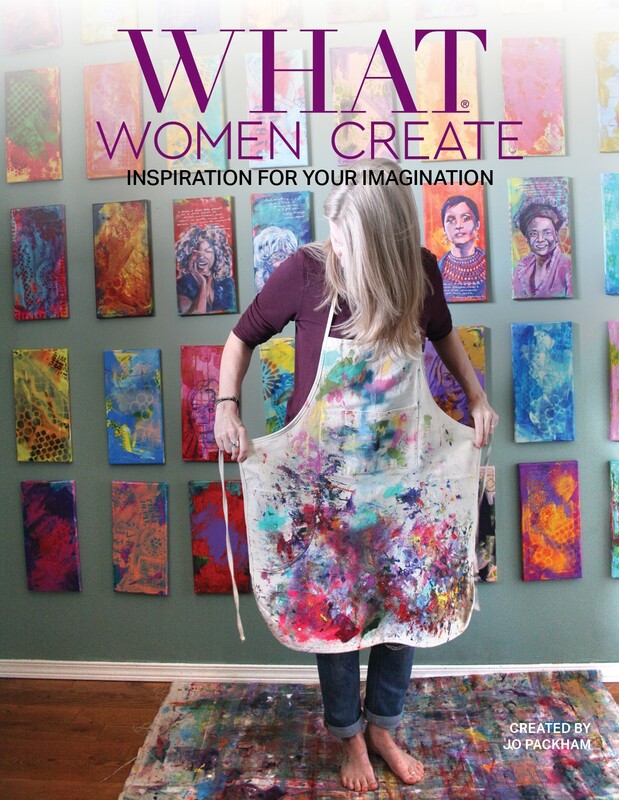|
Last month I ended up teaching a blind contour drawing class to the kids in the Jr Artists Program at the library which made me think about my early beginnings in art class many, many years ago. To practice blind contour drawing is to draw the outline of an object without looking at your paper. It really is a method of slowing down the act of drawing while focusing on the actual object in front of you - paying close attention to the distance in between each part of the object - so I decided that because we tend to work quite quickly, this would be a good exercise to force all of us to slow down and really, really look once again. Then I told the kids that they could draw while looking at the paper, but still keeping the drawing slow by not removing their drawing implement from the page but also, this time, incorporating parts of the interior of the object, while still not lifting the pen or pencil off the page. Today I decided to take it a step further and practice charcoal portraits at home and was pleasantly surprised, especially since I haven't drawn or painted portraits in ages. Portraiture was my forte back in the 1980's and the reason I got into art college. I didn't pay any attention to the 'rules' of portraiture in this instance, just focused on each part of the drawing as I was working. Many heads are quite oval shaped though mine tends to be more rectangular and seems to be growing even more so over the years (it's the German in me). I didn't use a photo but just trusted my instincts and after I finished the exercise I decided to pull out my trusty ruler to measure all the parts and to my surprise, the measurements were very close to the 'rules':
1. The center of your eyes tend to land half way between the crown of your head and the bottom of your chin. 2. The bottom of your nose will lie approximately half way between the center of your eyes and your chin. 3. The bottom of your mouth sits half way between the bottom of your nose and chin. 4. Your ears are located at the center of your eyes and the bottom of your nose. 5. The width of your head is about five eye lengths (one eye length between and one on each side of your head). The beauty of drawing is that it is inexpensive, requires very limited and inexpensive tools which are available everywhere, and can be done almost anywhere, anytime. Which is why I carry a small sketchbook with me everywhere I go. There are so many resources both online and in print for drawing exercises, and a favorite book for many, many years has been 'Drawing on the Right Side of the Brain' by Betty Edwards. This particular exercise is great for developing hand-eye coordination and improving drawing skills in general, which always enhances creativity in any field. Comments are closed.
|
|




